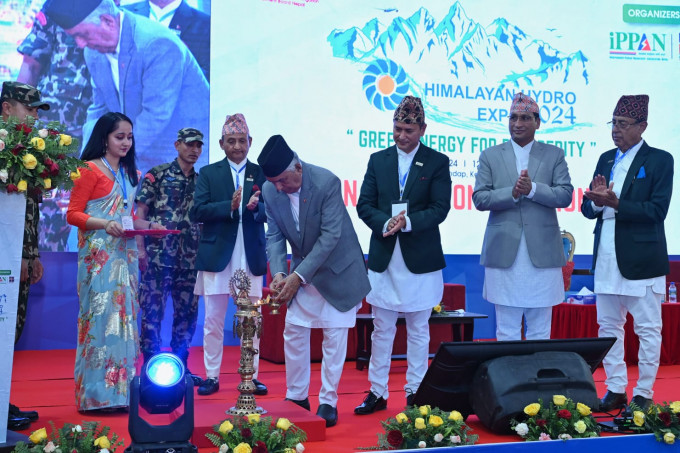Researchers have discovered the cause of the Arctic Ocean sea ice decrease since 2007. The results suggest that when an atmospheric phenomenon known as the Arctic dipole reverses itself in its periodic cycle, there will be more pronounced drops in sea ice.
An article from the journal Science that was just published online today describes the various ecosystem reactions to the Arctic dipole. This investigation clarifies how the Arctic Ocean climate is influenced by North Atlantic water. Physicists refer to it as Atlantification.
Professor Igor Polyakov of the University of Alaska Fairbanks College of Natural Science and Mathematics is in charge of the study. Additionally, he is connected to UAF's International Arctic Research Centre.
Researchers from Massachusetts, Washington state, Norway, Germany, and Massachusetts are co-authors along with Andrey V Pnyushkov, research assistant professor at the International Arctic Research Centre; Uma S. Bhatt, professor of atmospheric sciences at the UAF Geophysical Institute and UAF College of Natural Science and Mathematics; and others.
‘“This is a multidisciplinary view on what's going on in the Arctic and beyond,” Polyakov said of the new research. “Our analysis covered the atmosphere, ocean, ice, changing continents and changing biology in response to climate change.”
The Arctic dipole alternates in about a 15-year cycle, and a variety of data, including direct instrumental observations, reanalysis products, and satellite information going back several decades, demonstrate that the system is likely nearing the end of the current regime.
High pressure is centred over the Canadian part of the Arctic during the current "positive" phase of the Arctic dipole, which experts claim has been in place since 2007. This results in clockwise winds. The Siberian Arctic is the location of a low-pressure system with anticlockwise winds.
With year-round effects on local air temperatures, heat exchanges between the atmosphere, ice, and ocean, sea-ice drift and exports, and ecological ramifications, this wind pattern drives upper ocean currents.
The authors wrote that, “Water exchanges between the Nordic seas and the Arctic Ocean are critically important for the state of the Arctic climate system” and that sea ice decline is “a true indicator of climate change.”
Researchers observed decreased Atlantic flow into the Arctic Ocean through the Fram Strait east of Greenland and increased Atlantic flow into the Barents Sea, which is north of Norway and western Russia, in their analysis of oceanic reactions to the wind pattern since 2007.
The alternating shifts in the Fram Strait and the Barents Sea are referred to in the new research as a "switchgear mechanism" brought on by the Arctic dipole regimes.
In comparison to 1992 through 2006, this freshwater flow to the west from 2007 to 2021 helped decelerate the total loss of sea ice in the Arctic.
As the depth of the freshwater layer expanded, it became too stable and thick to mix with the heavier below. The saltwater's heat is unable to melt the sea ice from the bottom due to the heavy freshwater layer.
The switchgear mechanism controlling sub-Arctic water inflows, according to the authors, has "profound" effects on marine life. In comparison to the western section of the Eurasian Basin, it may result in more favourable life conditions for sub-Arctic boreal species close to the eastern side of the basin.
“We are beyond the peak of the currently positive Arctic dipole regime, and at any moment it could switch back again,” Polyakov said. "This could have significant climatological repercussions, including a potentially faster pace of sea-ice loss across the entire Arctic and sub-Arctic climate systems.”
READ ALSO:










